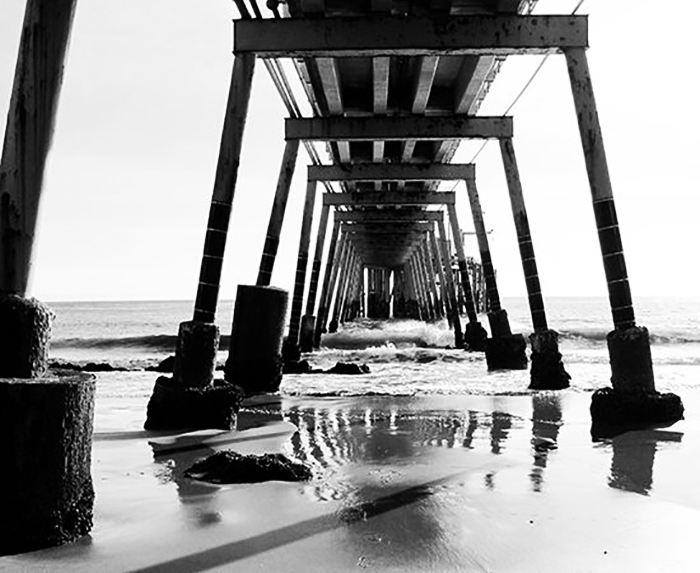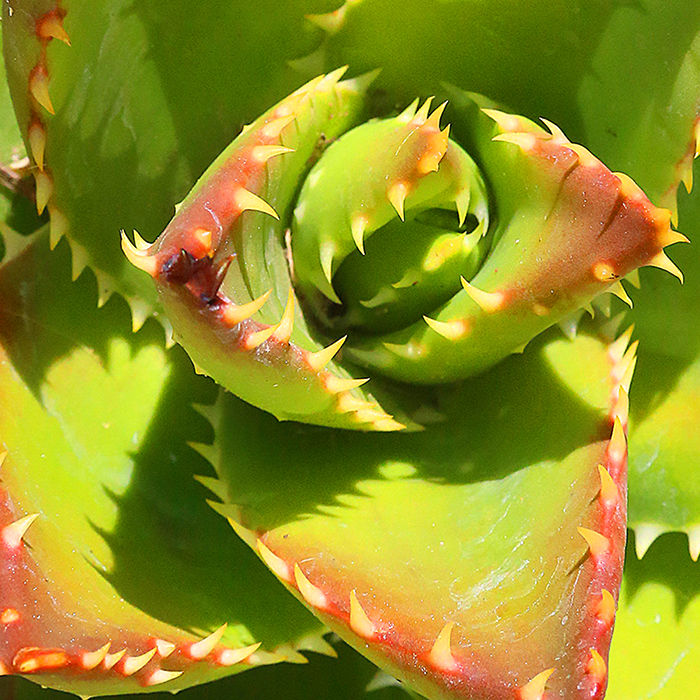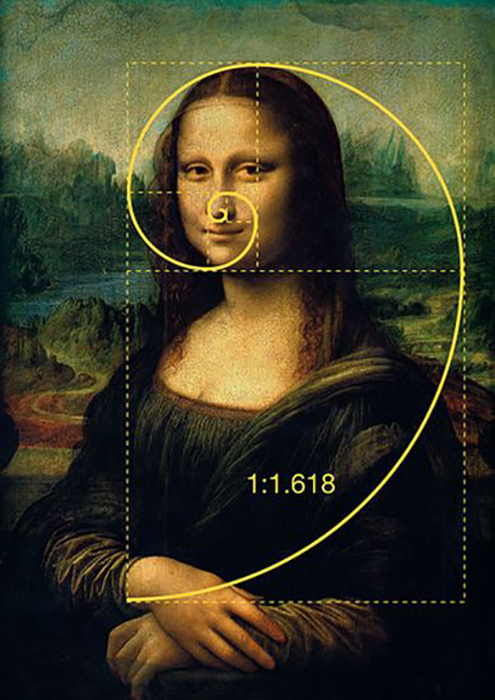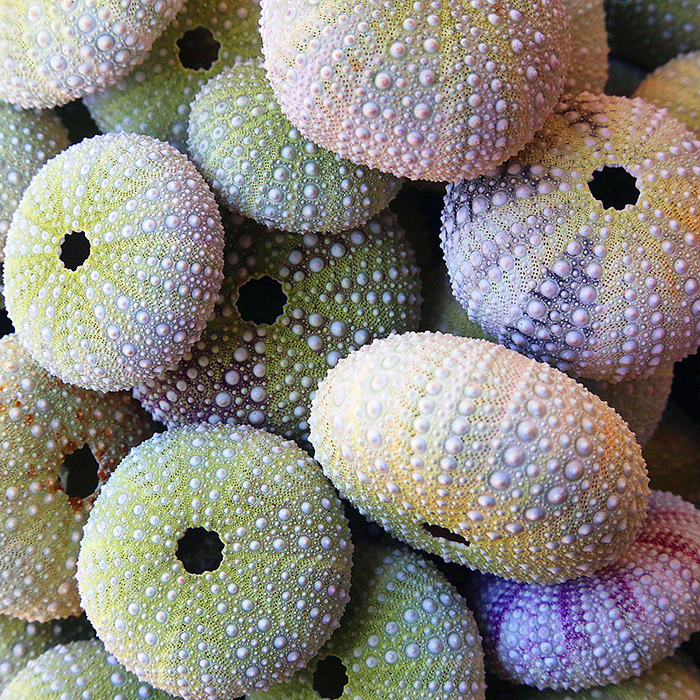By David Powdrell
I’m just an accountant with a camera and a paintbrush.
I aspire to one day become an artist. I ask myself regularly, “What constitutes fine art? What makes one piece of art more appealing to the eye than another?”
Two artists can paint the same landscape, yet one painting draws you in.
Two photographers can shoot the same photo of a wildflower. One photograph captures emotion and you spend more time looking at it closely. The other image you gently and politely stroll by. Why is that?

Photo by David Powdrell
Clearly light, perspective, focus, color and composition play a vital role in defining fine art. Recently I stumbled upon the Golden Ratio which might be among the most significant discoveries for this fledgling artist. It’s a mathematical concept that describes a specific ratio found in nature and art. It is approximately equal to 1.618 and is often represented by the Greek letter phi (Φ). This ratio has been used for centuries in art and design to create visually appealing compositions.
When the Golden Ratio is applied to art and photography, it helps to create a sense of balance, harmony, and aesthetic appeal. It is believed that the human eye finds compositions that follow the Golden Ratio more pleasing and visually satisfying. By using the ratio to determine the placement of elements within an artwork or photograph, the artist can achieve a natural balance that is visually pleasing to the viewer.

Photo by David Powdrell
The Golden Ratio can be observed in various artistic and natural elements. For example, it can be seen in the spiral pattern of a seashell, the arrangement of petals in a flower, or the proportions of a well-composed painting. In photography, the rule of thirds, which is a composition guideline based on the Golden Ratio, suggests dividing an image into thirds both horizontally and vertically and placing key elements along these lines or their intersections.
In theory, by incorporating the Golden Ratio into their work, artists and photographers can create compositions that are visually captivating and have a natural flow. It’s important to note that while the Golden Ratio can be a helpful tool, the arts are subjective, and personal interpretation and creativity also play significant roles in creating interesting and appealing visuals.

Photo by David Powdrell
There have been many famous artists throughout history who have incorporated the Golden Ratio in their works.
The renowned artist and inventor Leonardo da Vinci often employed the Golden Ratio in his paintings, such as in “The Last Supper” and “Mona Lisa.” He utilized the ratio to achieve balanced compositions and create harmonious relationships between elements.

Mona Lisa Golden Ratio via Simply.Science
The Italian artist Michelangelo, known for his sculptures and frescoes, also made use of the Golden Ratio. One notable example is the design of the famous Sistine Chapel ceiling, where the proportions of the various figures and architectural elements reflect the principles of the Golden Ratio.
The surrealist painter Salvador Dalí was fascinated by mathematical concepts, including the Golden Ratio. In his artwork, such as “The Sacrament of the Last Supper,” he incorporated the ratio to create precise and visually striking compositions.
The French post-Impressionist artist Georges Seurat utilized the Golden Ratio in his pointillist paintings. He carefully calculated the placement and size of his individual dots to achieve overall harmony and balance in his compositions.
Again, composition, lighting, perspective, focus on details, use of color, evoking emotions, and storytelling play valuable roles in captivating art. But if you’re an emerging artist too, I hope you’ll take the Golden Ratio out for a test drive and see where it takes you.

Photo by David Powdrell
But as my friend Glenn Dubock, an artist, reminds me from time to time, “Take risks, experiment, and break the rules from time to time.” Some of the best art comes from that place too.
Just a few thoughts from a simple accountant with a camera and a paintbrush and high aspirations of being an artist one day.
Keep making art and keep supporting local artists.















Both you and Glenn are wonderful photographers and artists. I always enjoy your edhat pieces David.. in fact they are my favorites. Keep on doing your art and sharing your insights…. really loved your series on barns too.:)
Thank you for the kind words. They inspire me to keep exploring and documenting the magic of life. Very much appreciated.
The emotion “captured” by the artist is an illusion experienced by the perceiver.
The emotion experienced depends more on the biology, experience, environment and values of the observer than it does on that of the “artist”. [unless you exist in an echo chamber]
Beautiful photos, by the way!
And sometimes a master may have a spontaneous intuitive perception which when analyzed by those with a mathematical gift see the presence of what you’re talking about.
Thank you for these beautiful photos, David. Can you say something about your equipment and technique for those stunning macro photos?
Big Wave,
I wish you well in your pursuit.
I build things. I love building things. It is one of my strong points. People hold me in high regard for it. In the 7th grade, I was given my school wood-shop for 1 hour every day by myself (no instructor). I characterize what I do as manipulating physical objects. I own lots of machines and tools. I built my house and all of the furniture in it. People call me an artist – I don’t care for the term.
The term art is too vague to me. I prefer to avoid it. Any effort or thing can be called art. It sometimes takes years or decades or centuries to be discovered – if at all… Some people who call themselves an artist do not exhibit a skill or produce anything of discernible value to me.
I recognize and value deliberate effort in myself and others. I consider what I do as craft.
When I build things, it can be seen as having immediate and obvious value – often functional also.
I am more comfortable in my less ambiguous world of craft.
Thanks for indulging my rant…